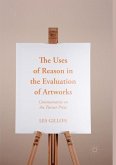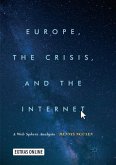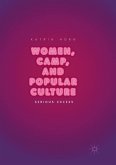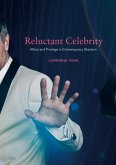This book examines the complexities of the hipster through the lens of art history and cultural theory, from Charles Baudelaire's flâneur to the contemporary "creative" borne from creative industries policies. It claims that the recent ubiquity of hipster culture has led many artists to confront their own significance, responding to the mass artification of contemporary life by de-emphasising the formal and textual deconstructions so central to the legacies of modern and postmodern art. In the era of creative digital technologies, long held characteristics of art such as individual expression, innovation, and alternative lifestyle are now features of a flooded and fast-paced global marketplace. Against the idea that artists, like hipsters, are the "foot soldiers of capitalism", the institutionalized networks that make up the contemporary art world are working to portray a view of art that is less a discerning exercise in innovative form-making than a social platform-a forum for populist aesthetic pleasures or socio-political causes. It is in this sense that the concept of the hipster is caught up in age-old debates about the relation between ethics and aesthetics, examined here in terms of the dynamics of global contemporary art.
Bitte wählen Sie Ihr Anliegen aus.
Rechnungen
Retourenschein anfordern
Bestellstatus
Storno








